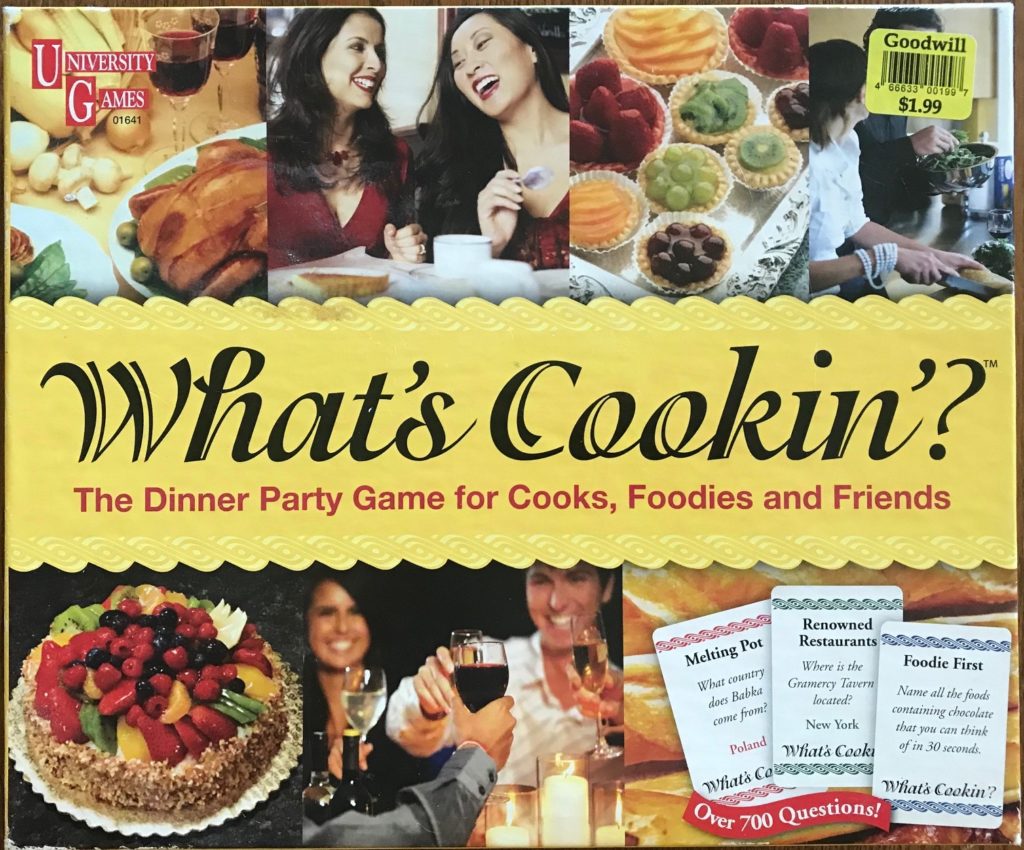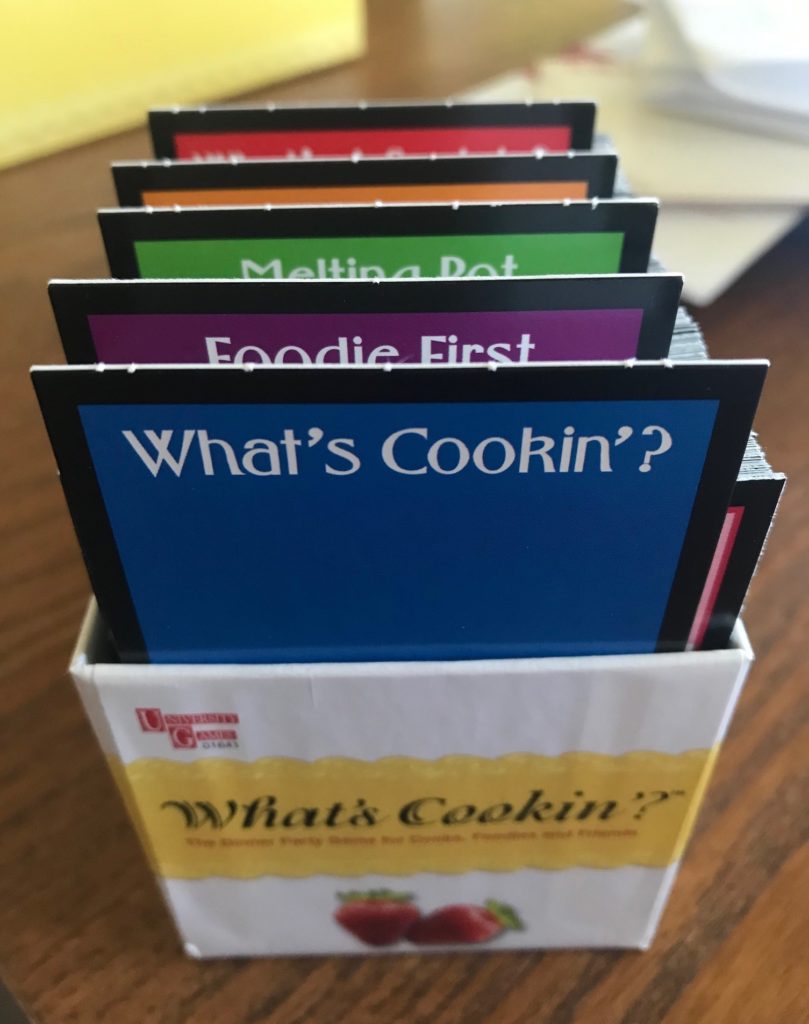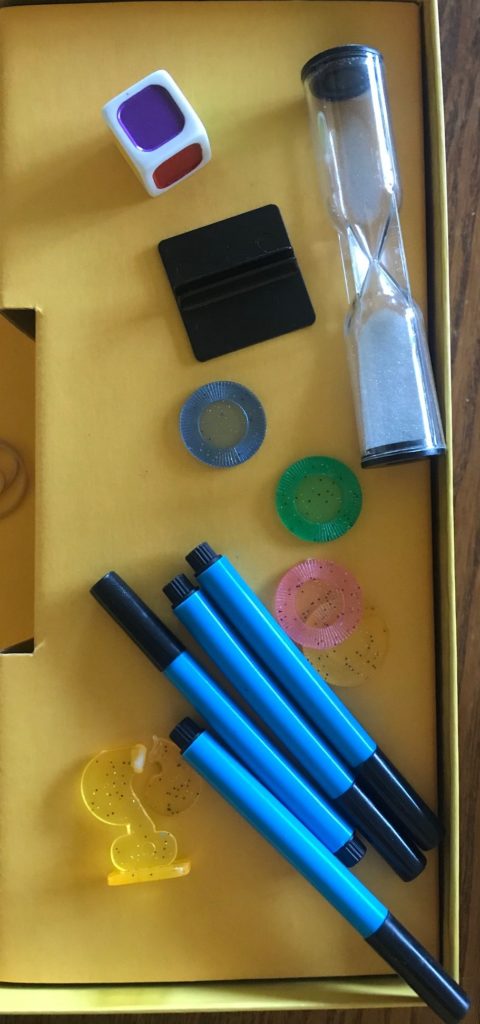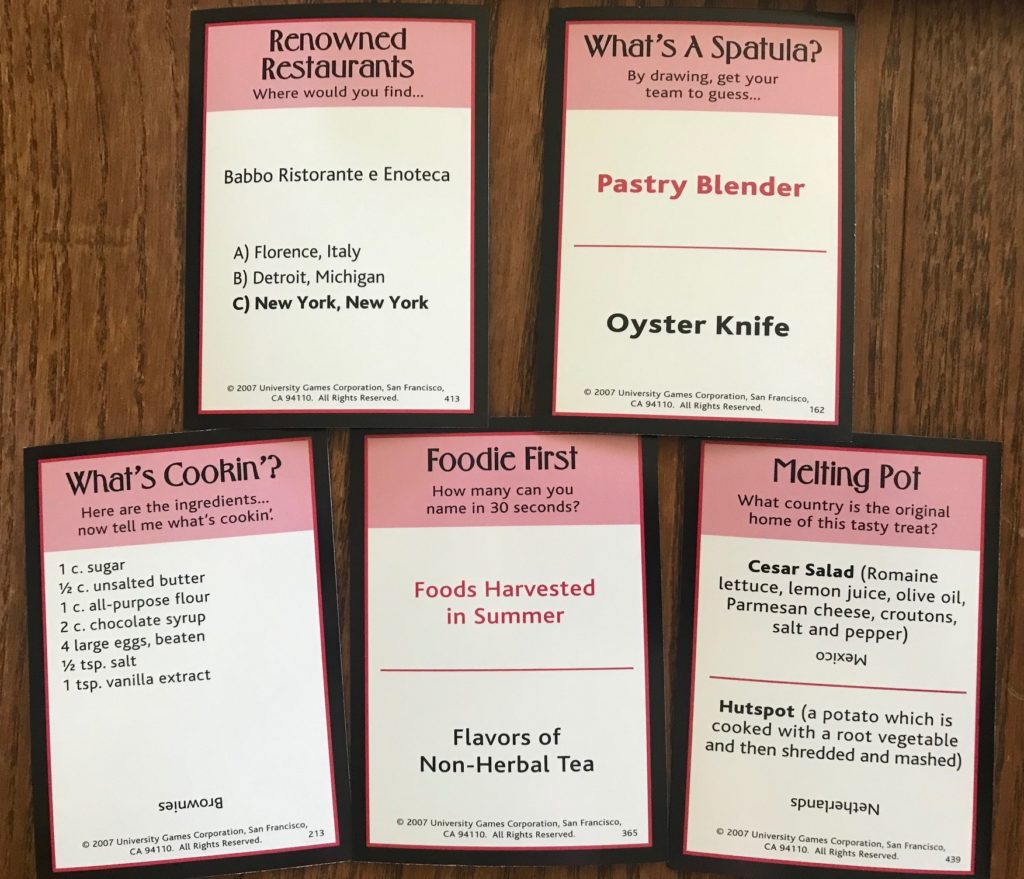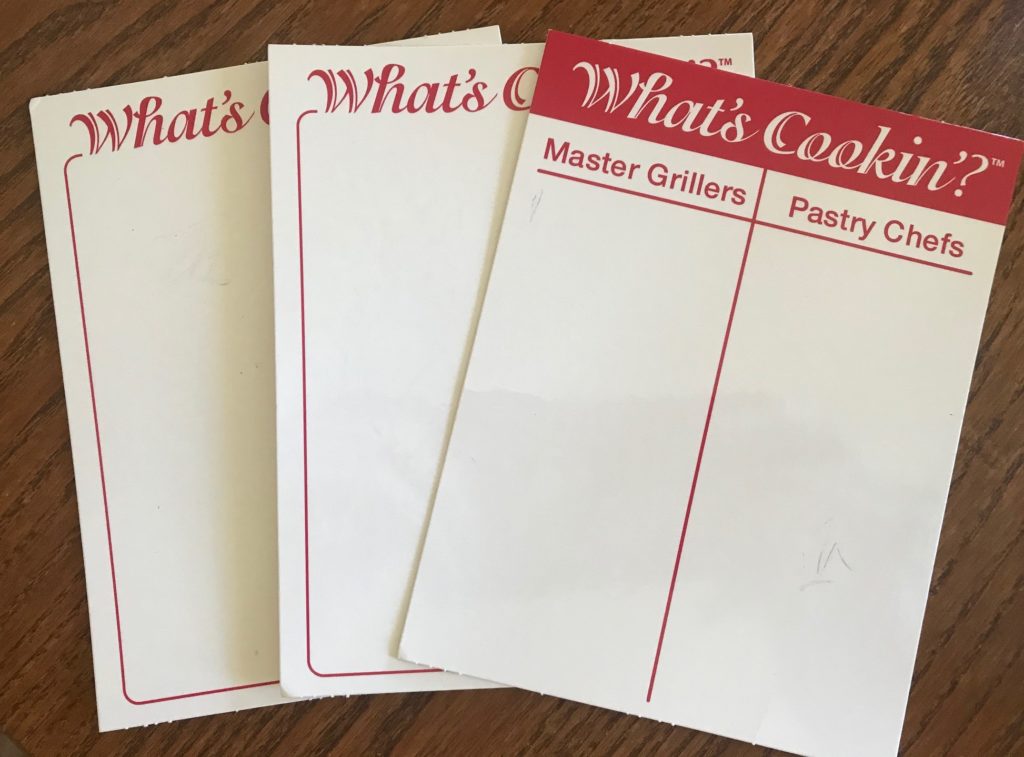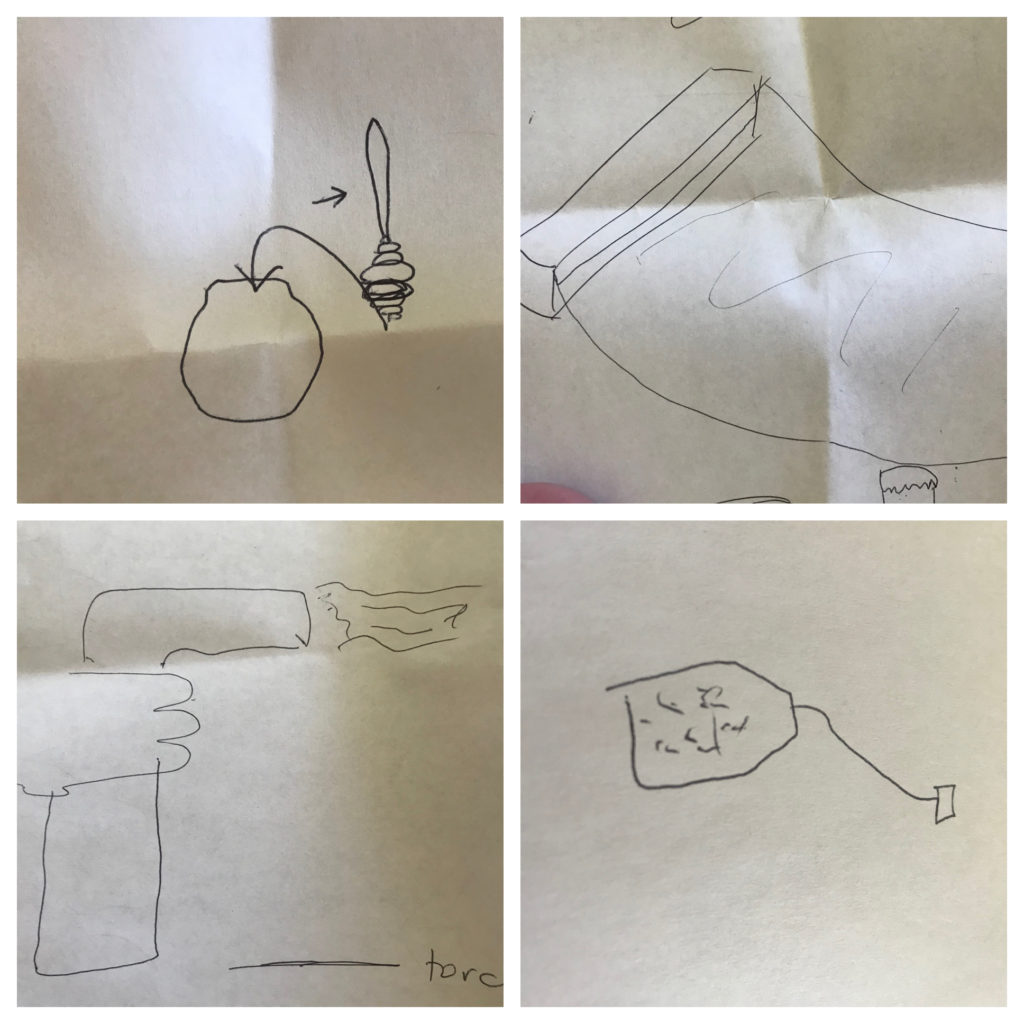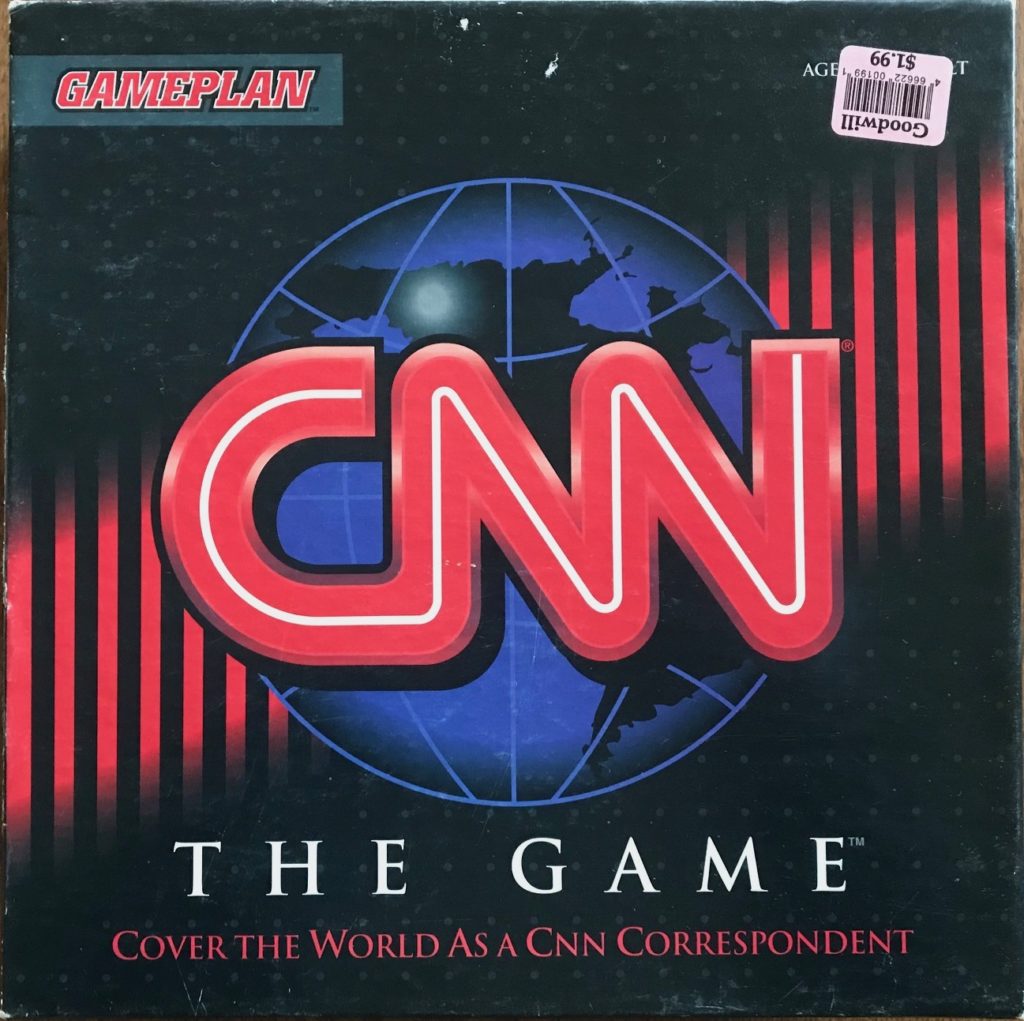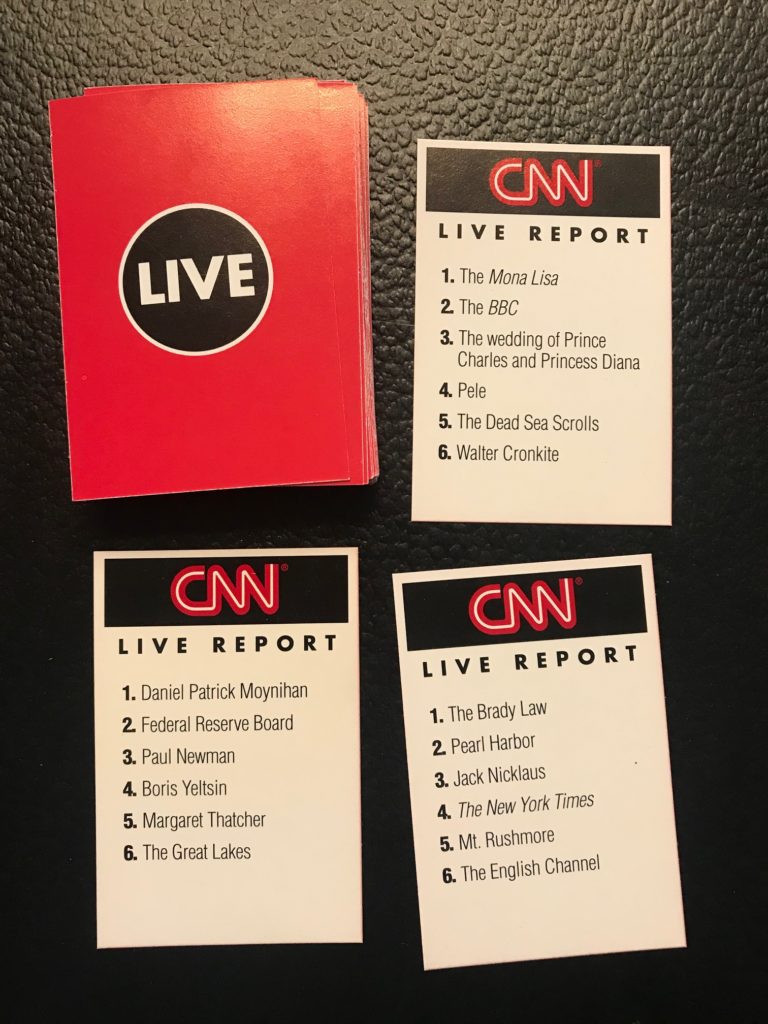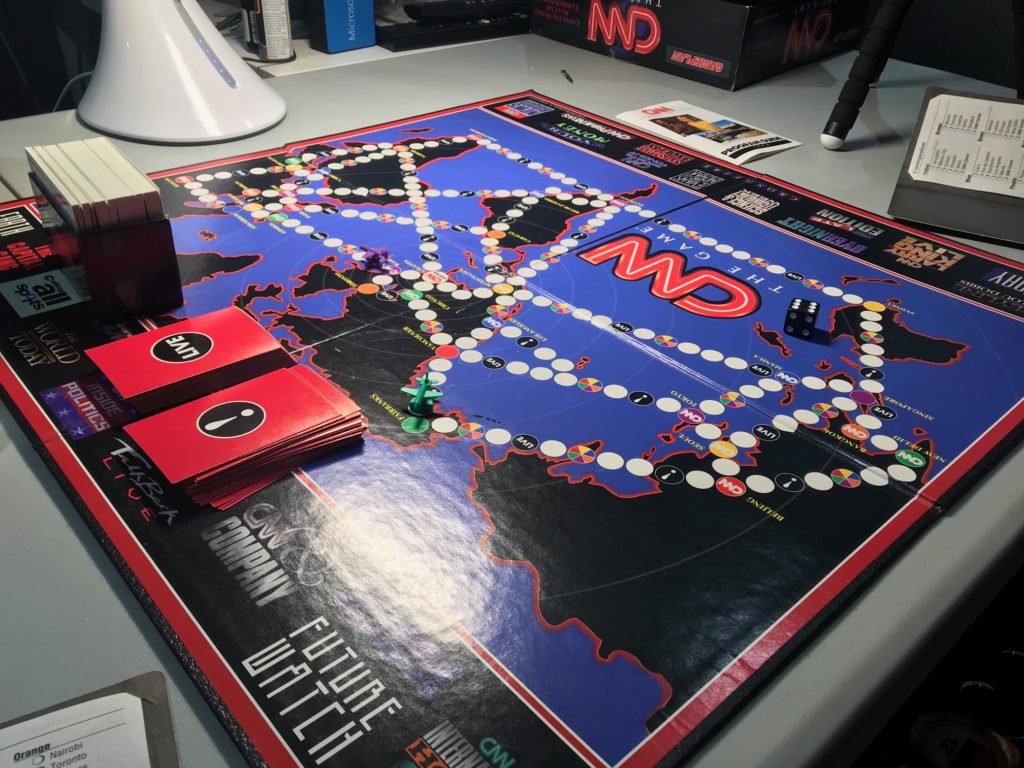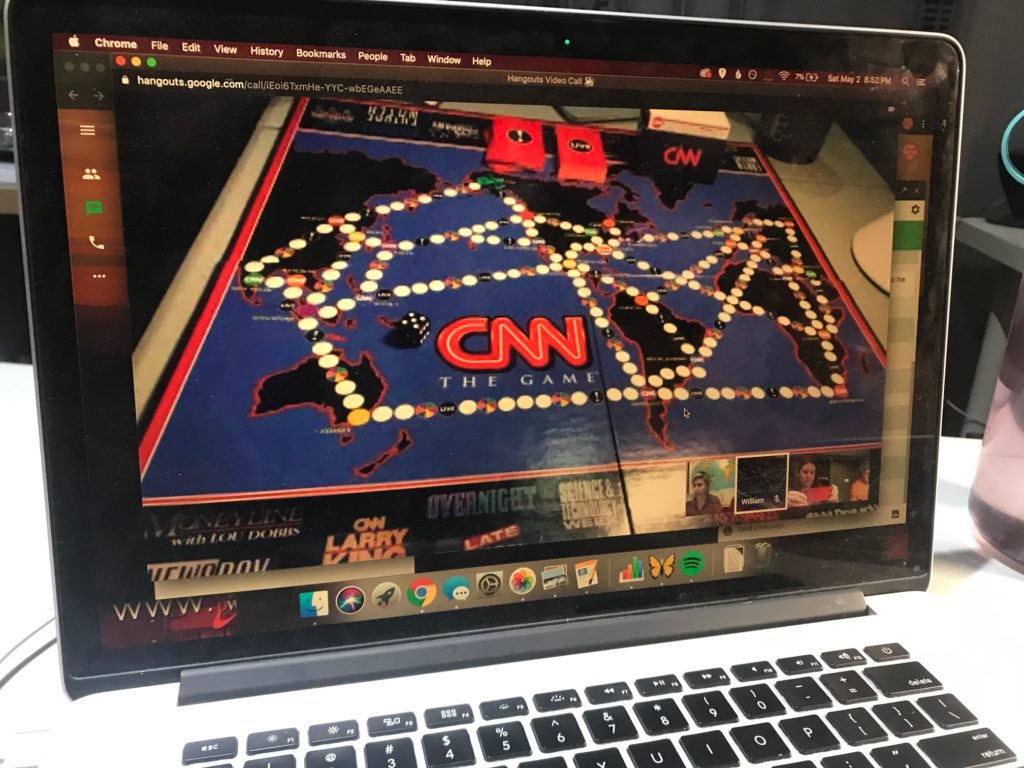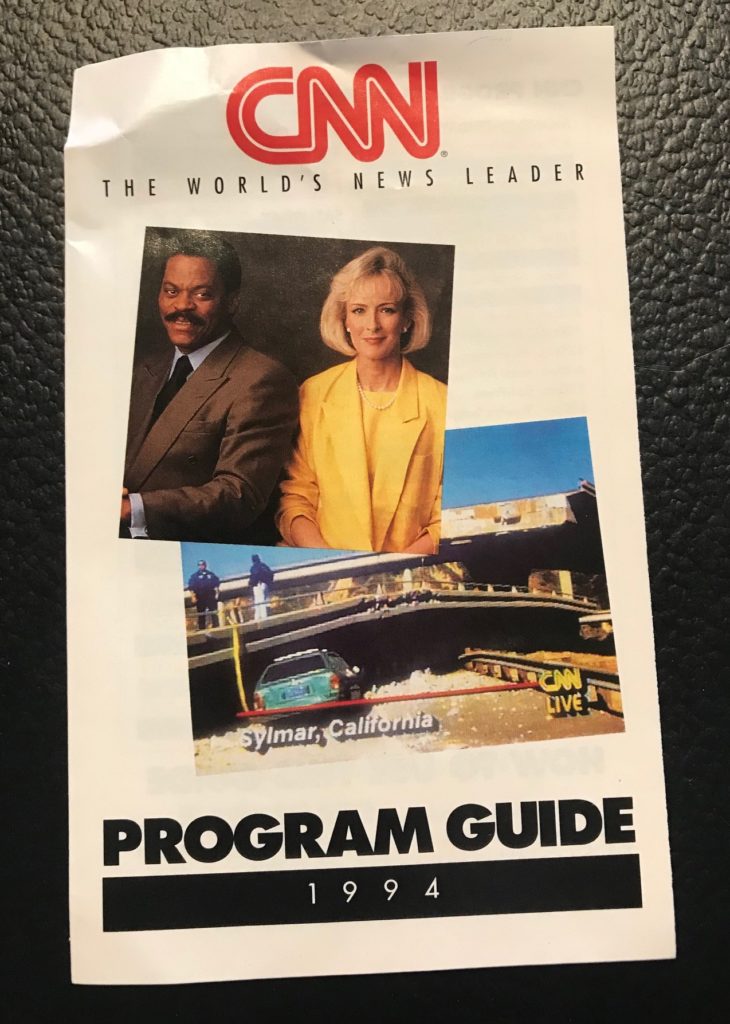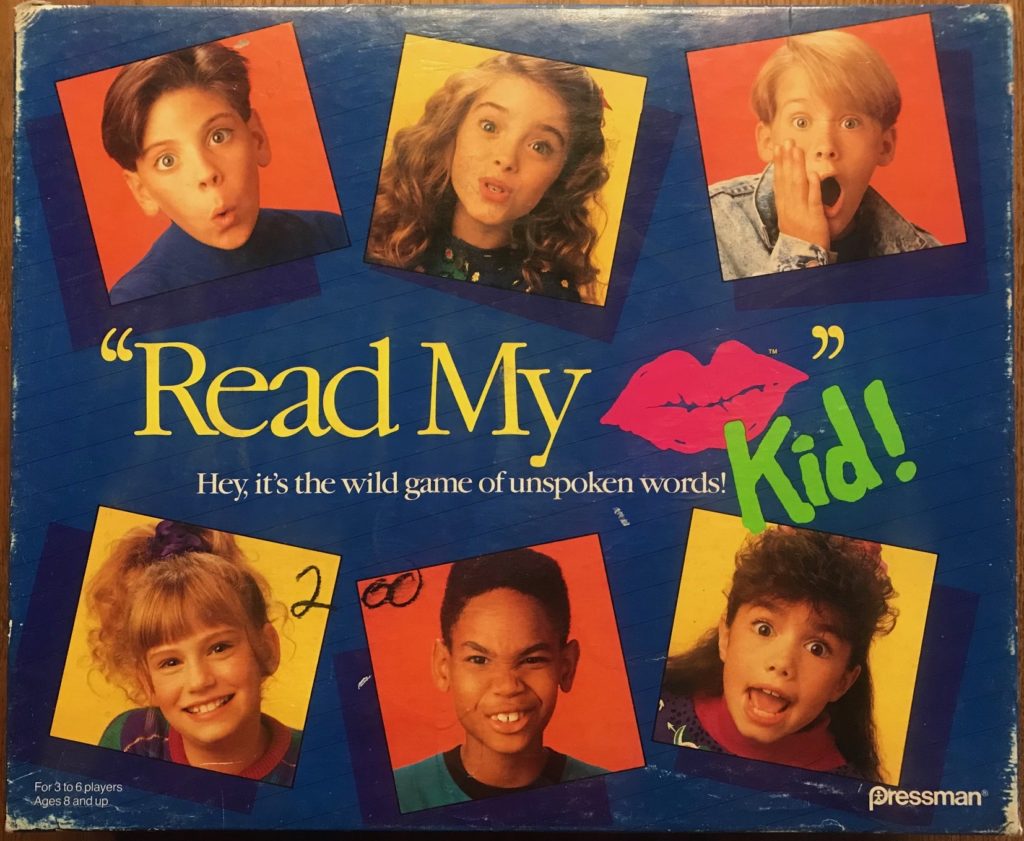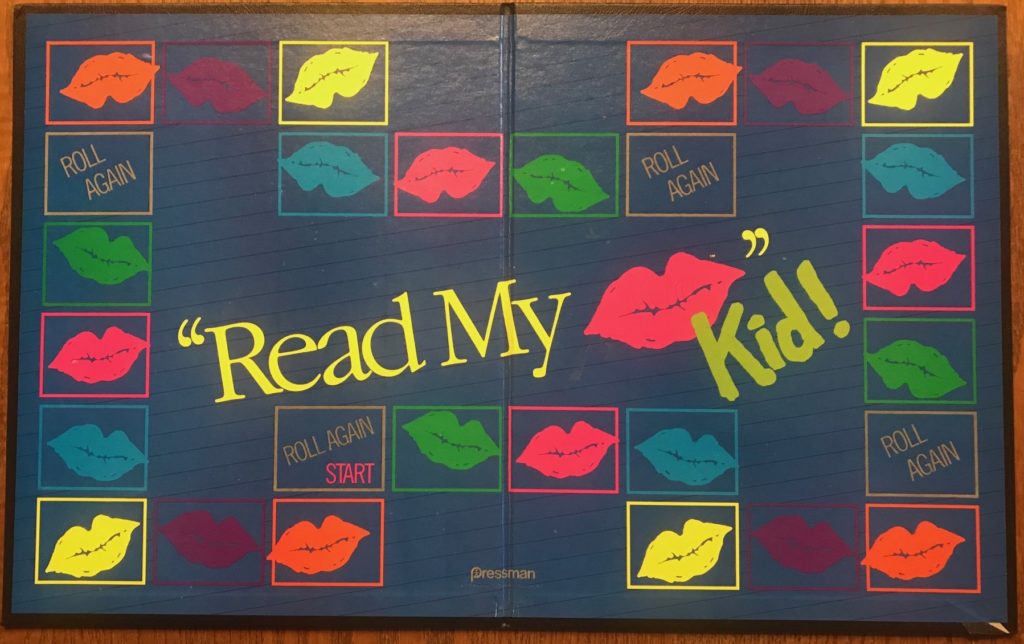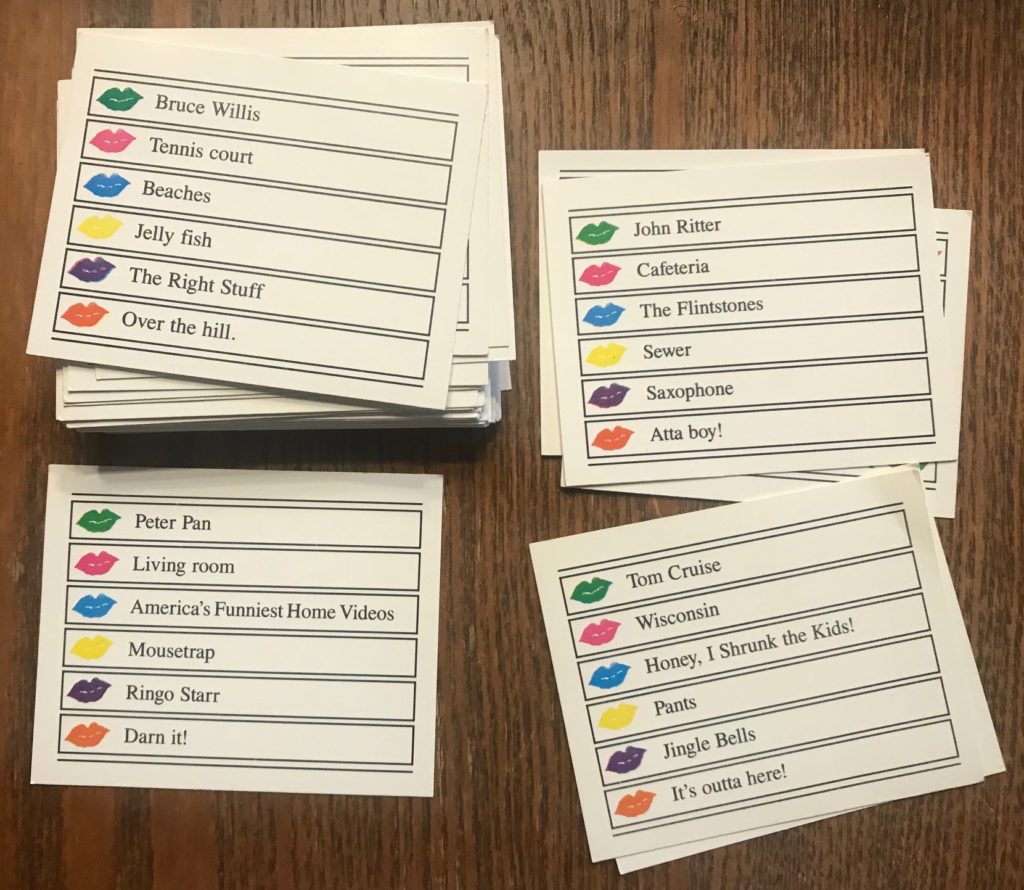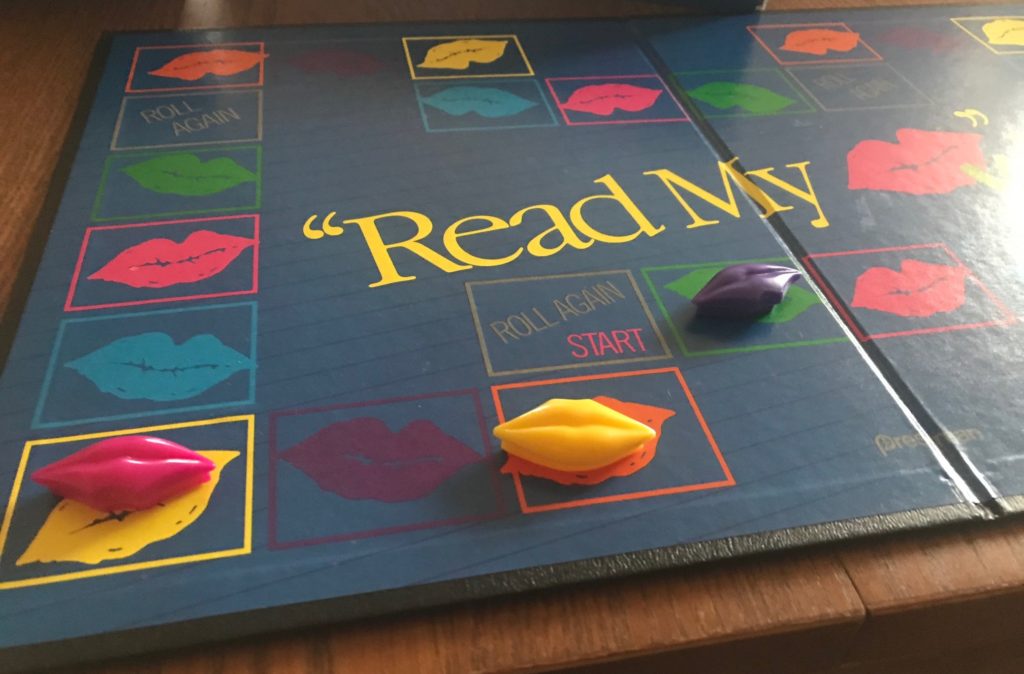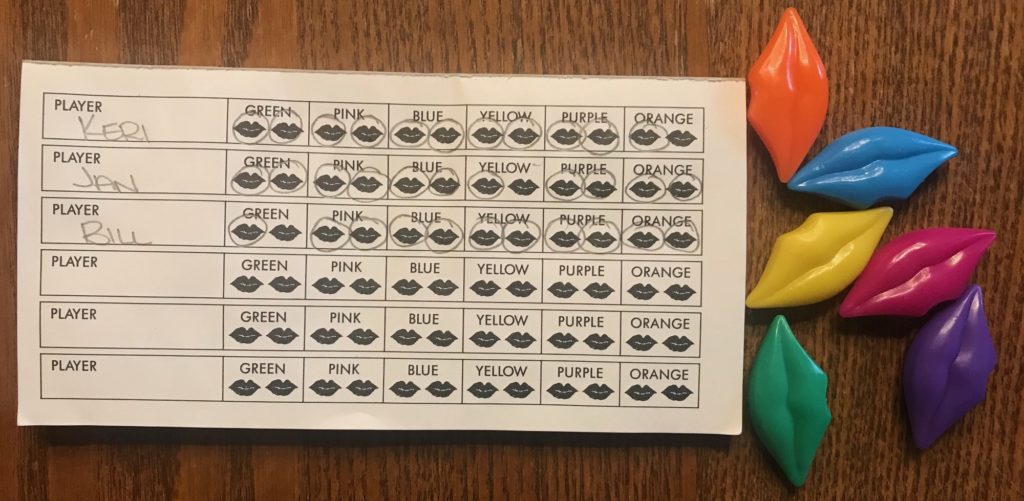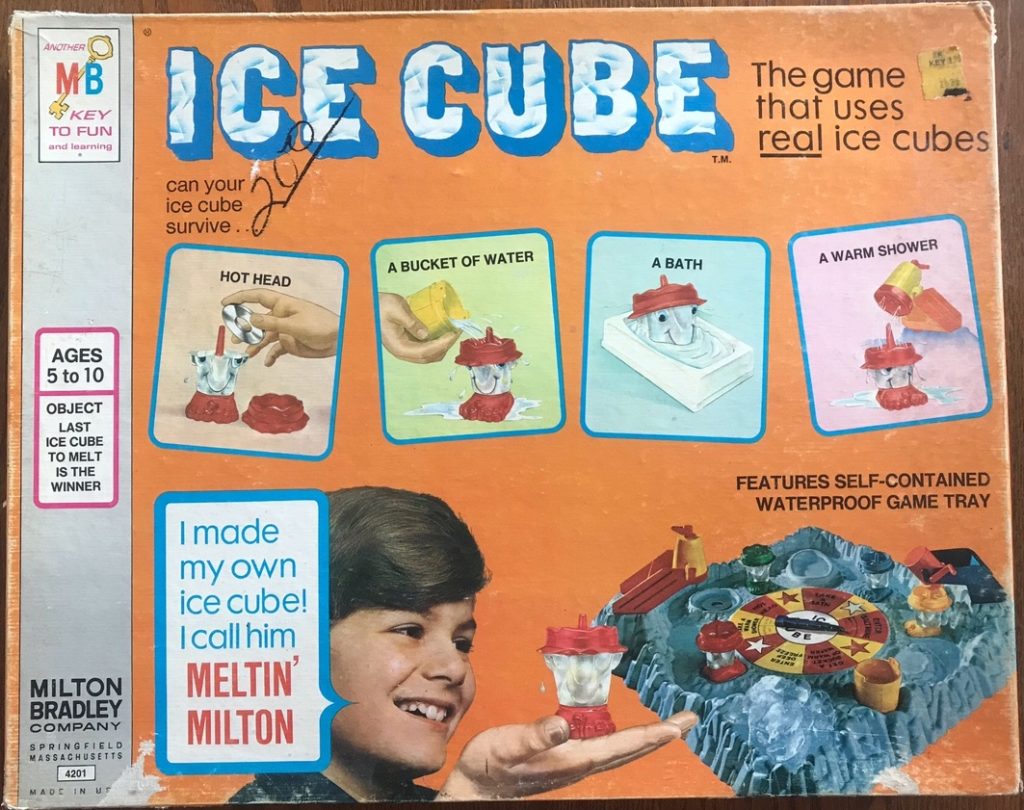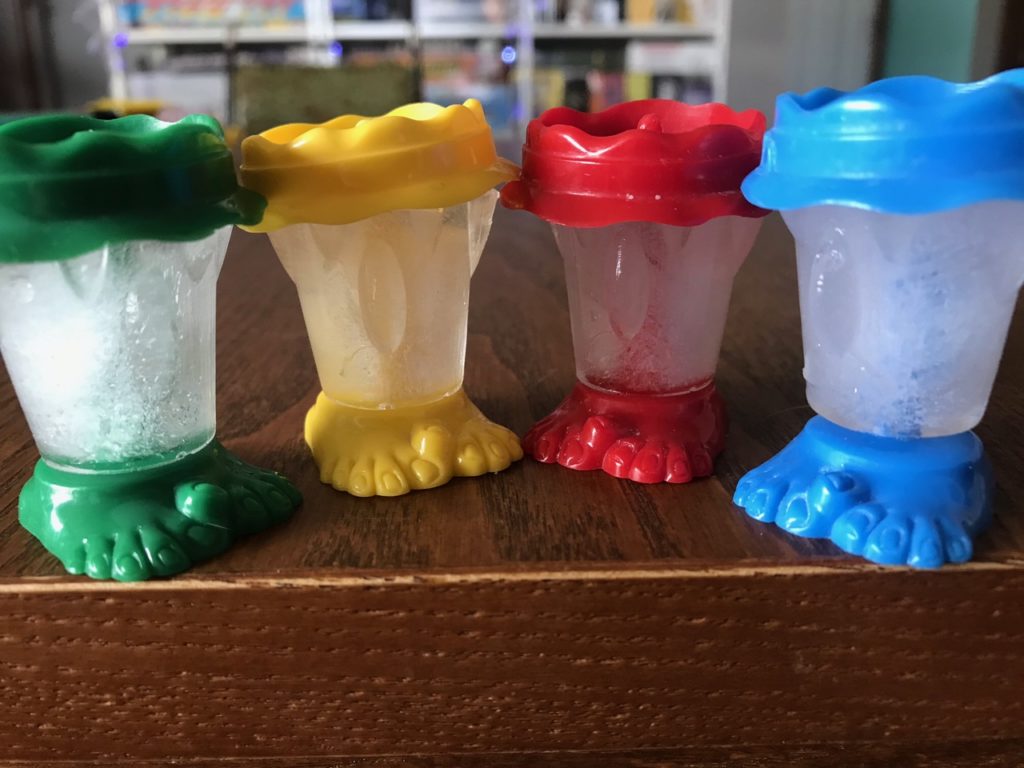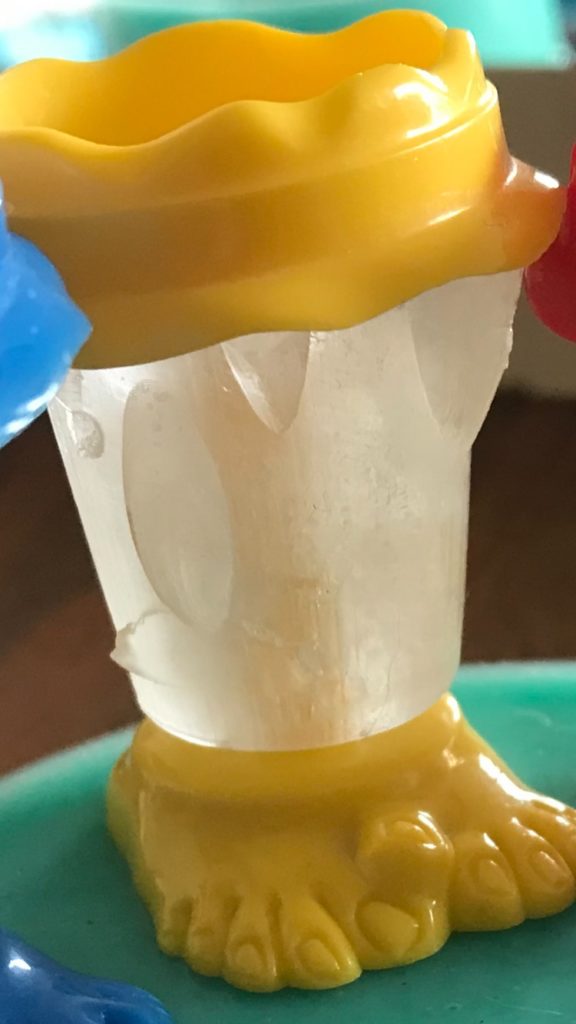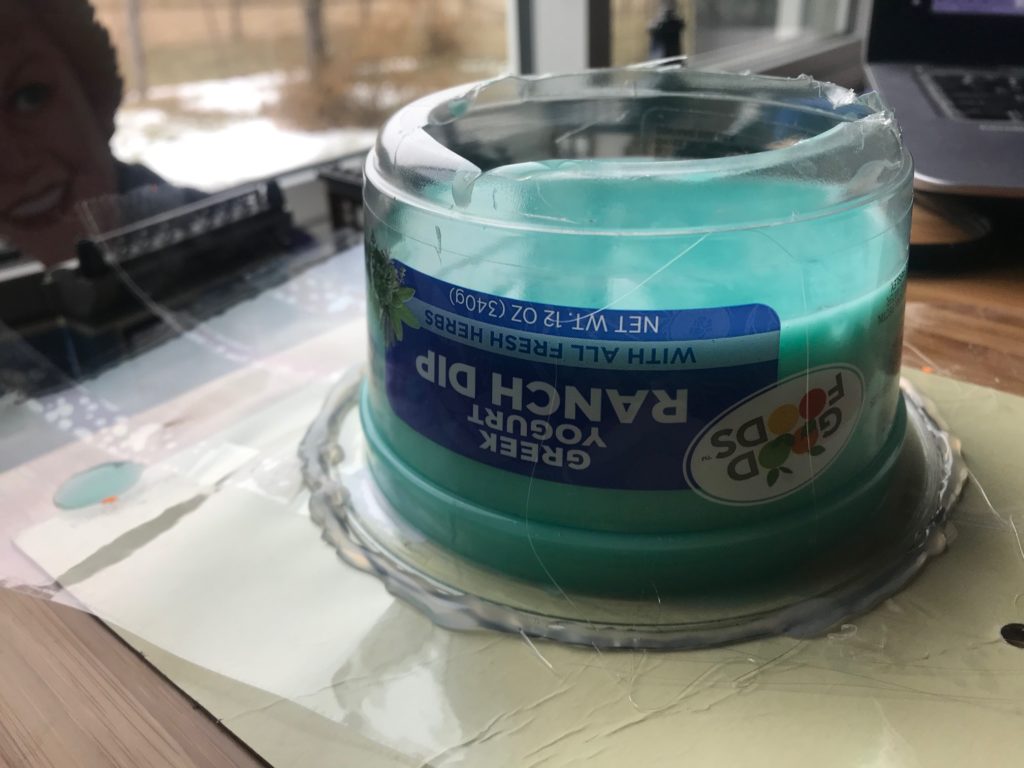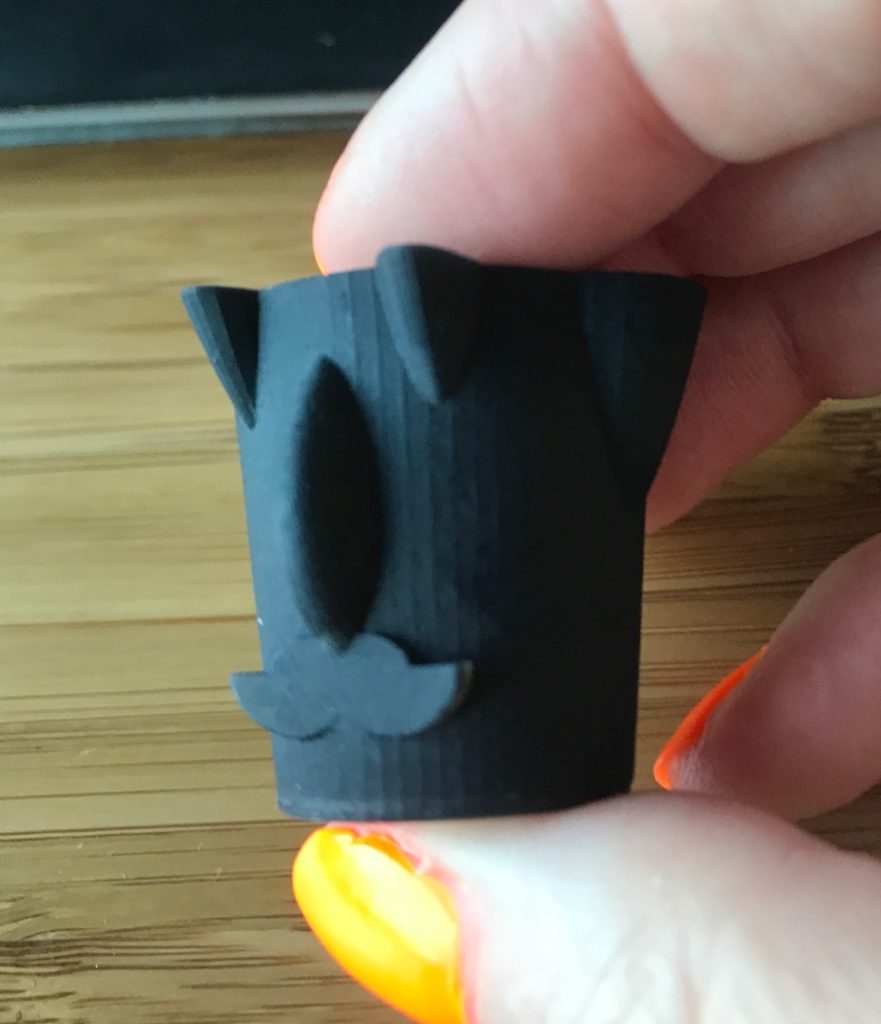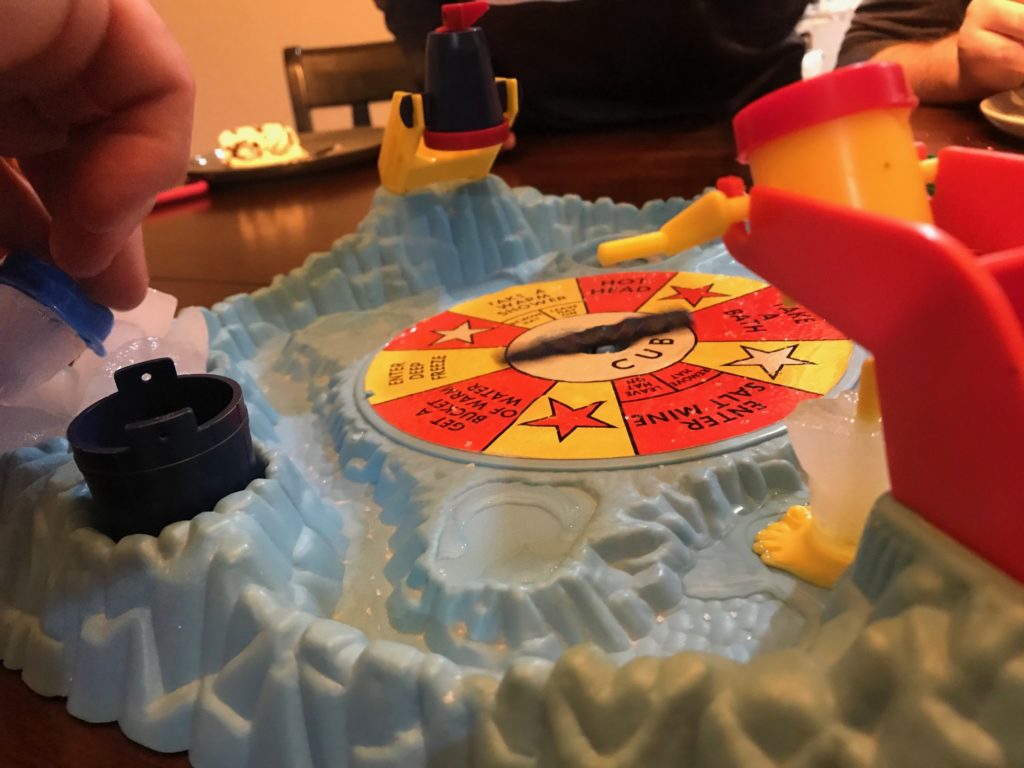Review: Fat Chance
Publisher: Gamewich, Inc.
Year: 1996
Players: 2 to 6
Tagline: Winner Loses All!
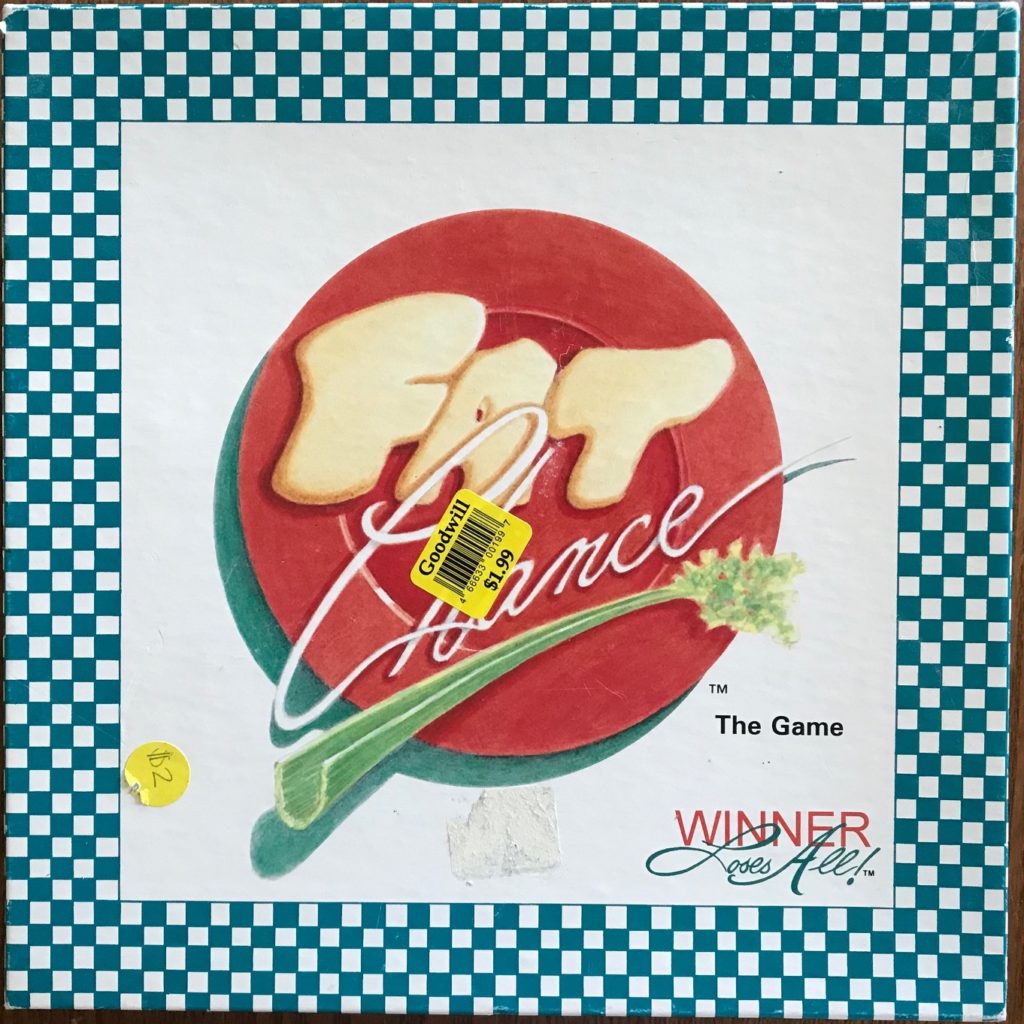
how we met
I found Fat Chance at some random thrift shop during some random stop. As you can probably tell from the cover image, this is not to be confused with the 1978 Fat Chance in a similar vein which I hope to find someday. I could tell by looking at the box that gameplay and theme is similar to Heavenly Body which we reviewed very early on in setting up this site.
But Heavenly Body is 1988 while Fat Chance is 1996. I wondered how differently they might approach the topic of nutrition and dieting nearly ten years apart, if they approached it differently at all. And I have this game group, and the darlings will play just about anything. So I picked it up!
how it plays
Fat Chance is a roll and move game. Each player begins the game with 20 Lard tokens. The first player to successfully get rid of all of their Lard tokens wins Fat Chance!
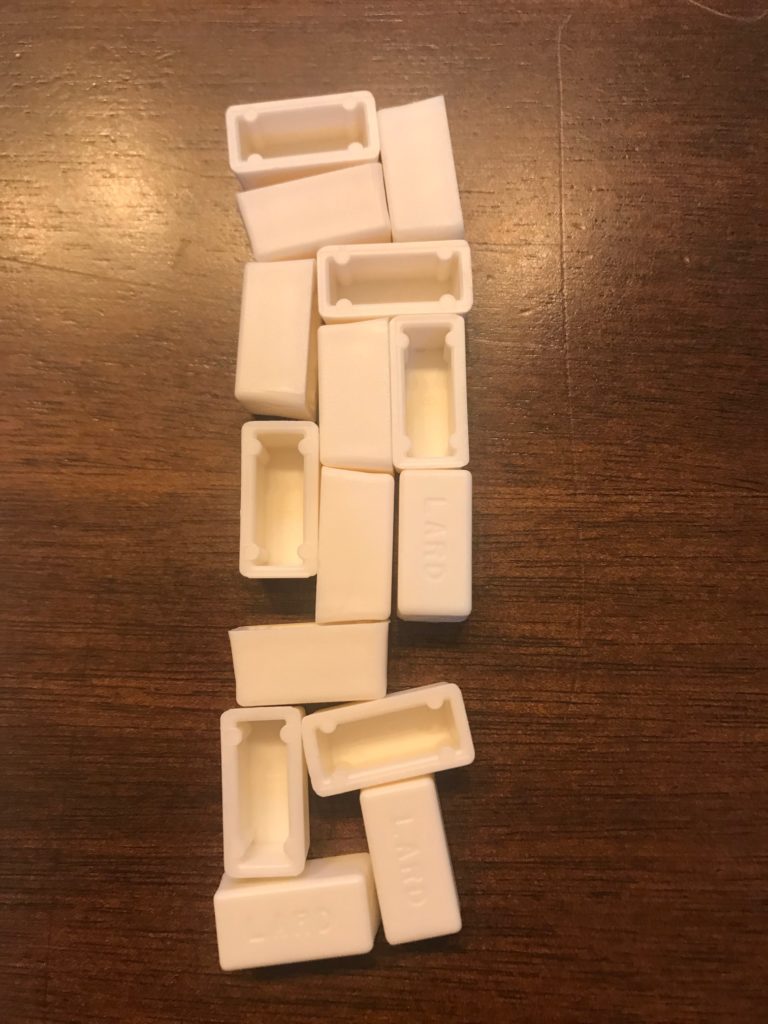
Players begin on the large center starting space and must make a decision which path to travel when they roll: Healthy Lifestyle or Crash Diet? Healthy Lifestyle takes more long-term approaches to weight loss. Many spaces on the board are trivia, and correct guesses allow you to lose one pound in Healthy Lifestyle. Incorrect guesses do not cause any weight gain. This track also includes special Sweat Stop spaces that allow you to roll the die and lose weight.
The Crash Diet track is more risky. Correct responses lose two pounds, but incorrect guesses will gain you one pound! And instead of Sweat Stop spaces we see Chow Down spaces that cause you to roll the die and gain weight!
Players must get all the way back to the starting space before they can change their diet approach. So once you begin down one of these tracks, you are on it for a number of turns.
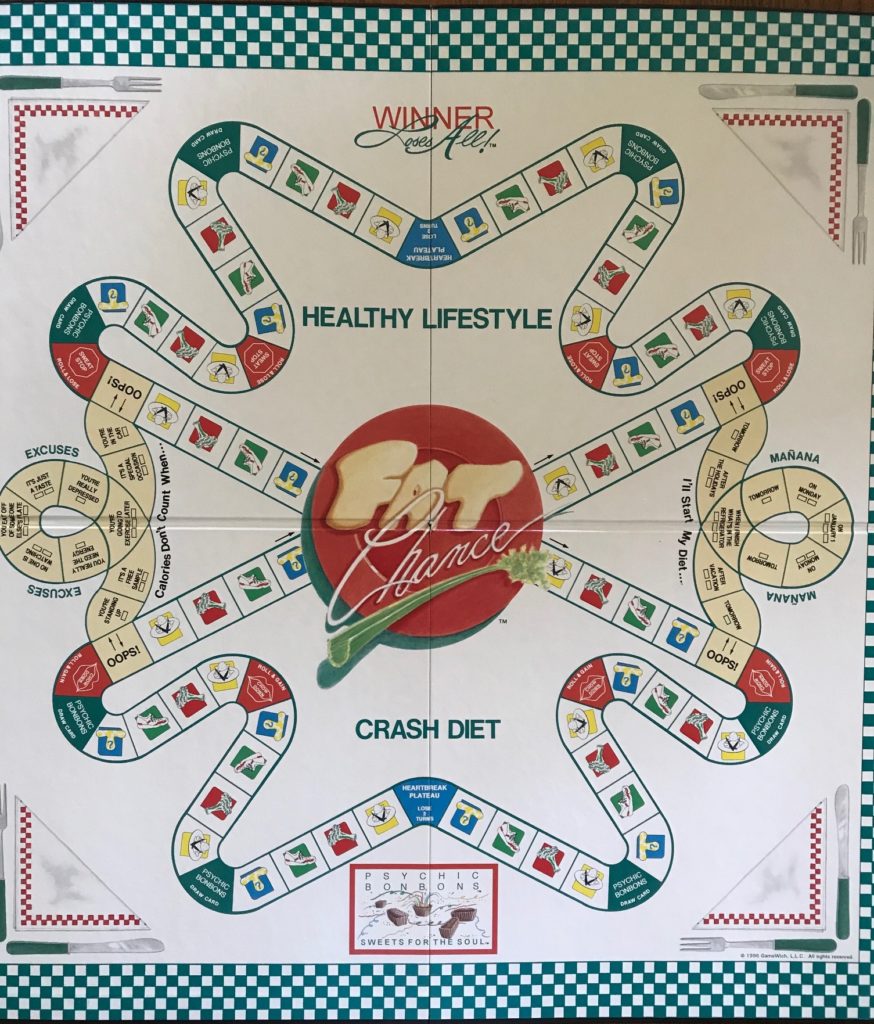
Most of the spaces on the board result in you getting a question asked in that category. Other spaces on the board include Psychic Bonbons which mostly cause weight loss, or Heartbreak Plateau which causes you to lose two turns.

Eventually a player will manage to lose every single Lard token and they win Fat Chance!
how it went
Fat Chance is one of the last games our group played before we stopped in-person gaming, in February 2020. We all fondly remember the weirdness that was Heavenly Body, and Fat Chance was very easy to explain.
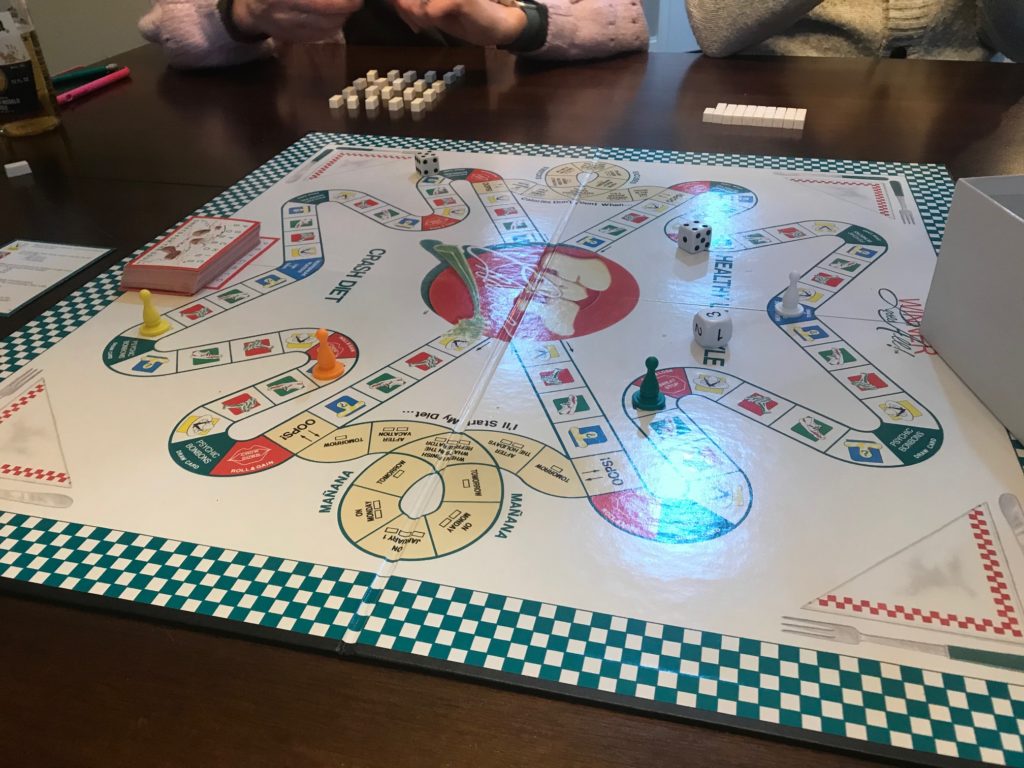
It seems clear that the right decision, the smart decision, is to take the Healthy Lifestyle track every single time. But you know me, why would I want to shed one pound when I can shed two? Keri and I stuck to the Crash Diet track the entire game while the guys stuck to Healthy Lifestyle.
I did not think our trivia knowledge was too far off of each other. Generally speaking, we all did okay at trivia. But at the end of the game us Crash Dieters were in pretty bad shape while Healthy Lifestyle players took first and second place. Bill won Fat Chance! John still had ten pounds to lose, I had 16 and Keri had 27!
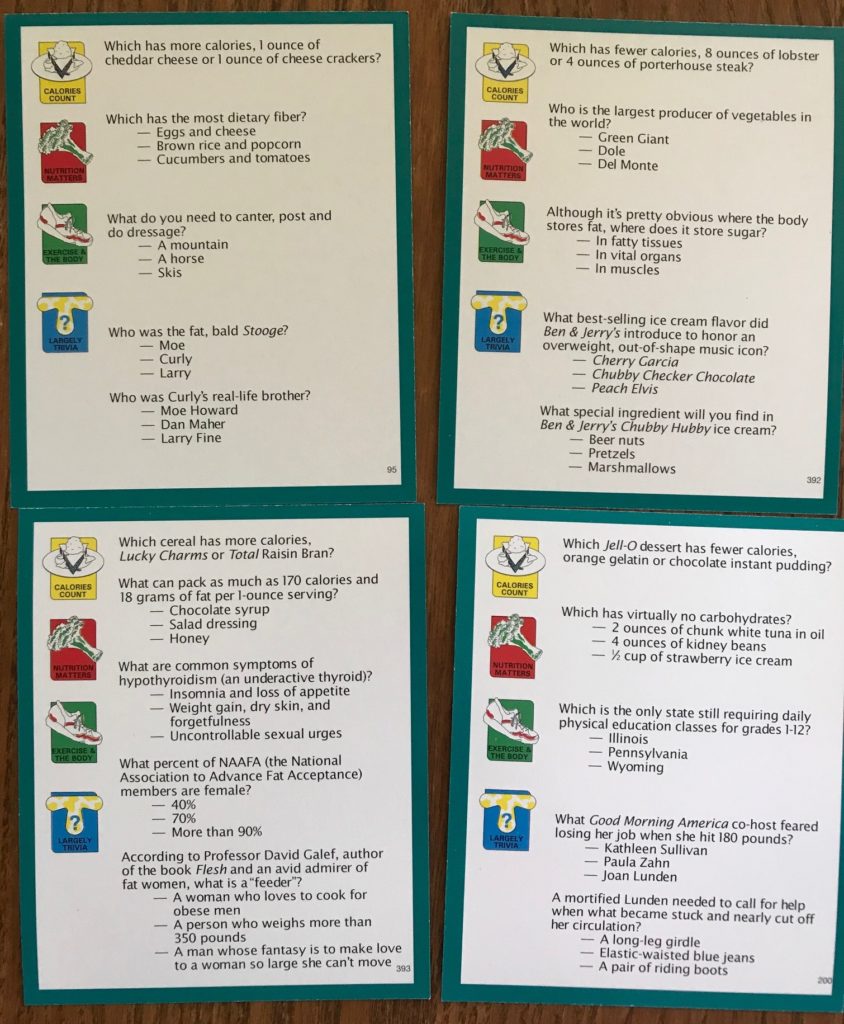
The differences that I was looking for between Fat Chance and Heavenly Body were even more pronounced than I expected. I’m not sure how much of that is tied to the years they were published vs just adopting different ideologies. But it was interesting. Both games emphasize smart decisions and exercise, but if you were to follow the diet advice of each game you would be on very different paths.
If you read the Heavenly Body review I talk about some of the weight gain tied to certain foods being strange and causing us to make up our own. Really Heavenly Body was introducing foods into our every day diets that a lot of people had abandoned. Heavenly Body was all about a balanced diet.
In contrast, Fat Chance seems to boil things down to “Fat is bad.” One of the things I read is that the Surgeon General’s report pointed out the dangers of dietary fat specifically in 1988. The problem here is what you replace that fat with. Carbs? Sugars? Or worse, high fructose corn syrup?

The funny thing about board games that are meant to help you learn how to lose weight is that they imply there is some magic trick that you do not already know. That someone curated all the garbage science into the real answers. The real answers are portion control, counting calories and to a lesser degree staying active.
I have to give props to Fat Chance for its attempt to educate players via trivia on different foods having different calories – it’s not always obvious what you should choose. I also appreciate the different tracks and how clearly we saw the negative consequences of choosing what was obviously the wrong track. But I also think Fat Chance and its implication of fat being the worst thing for your diet has led us down a troubling road. That just makes it the kind of dated game I adore.
play or pass
Pass. This is not the first weight loss board game we have played and the review covers a lot of the differences. Fat Chance introduces neat new aspects to the gameplay thematically that I very much appreciate, but they are not enough to sustain a recommendation of tracking Fat Chance down. I recommended playing the other weight loss board game we reviewed, Heavenly Body, and I stand by that. Fat Chance does not have the same weird novelty that we so thoroughly enjoyed with Heavenly Body. Like, I didn’t get hit in the head with a soy bean even once during play.
